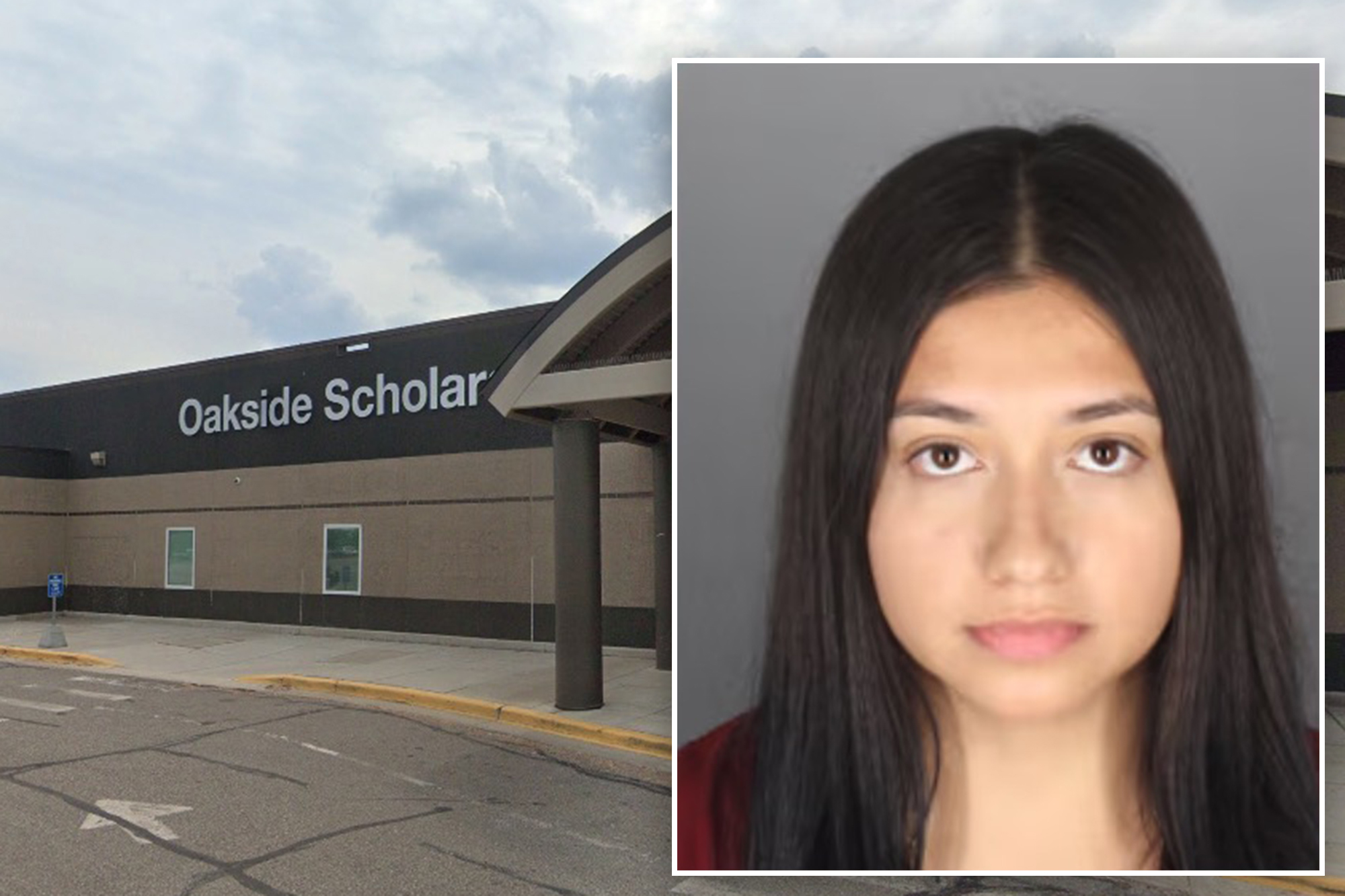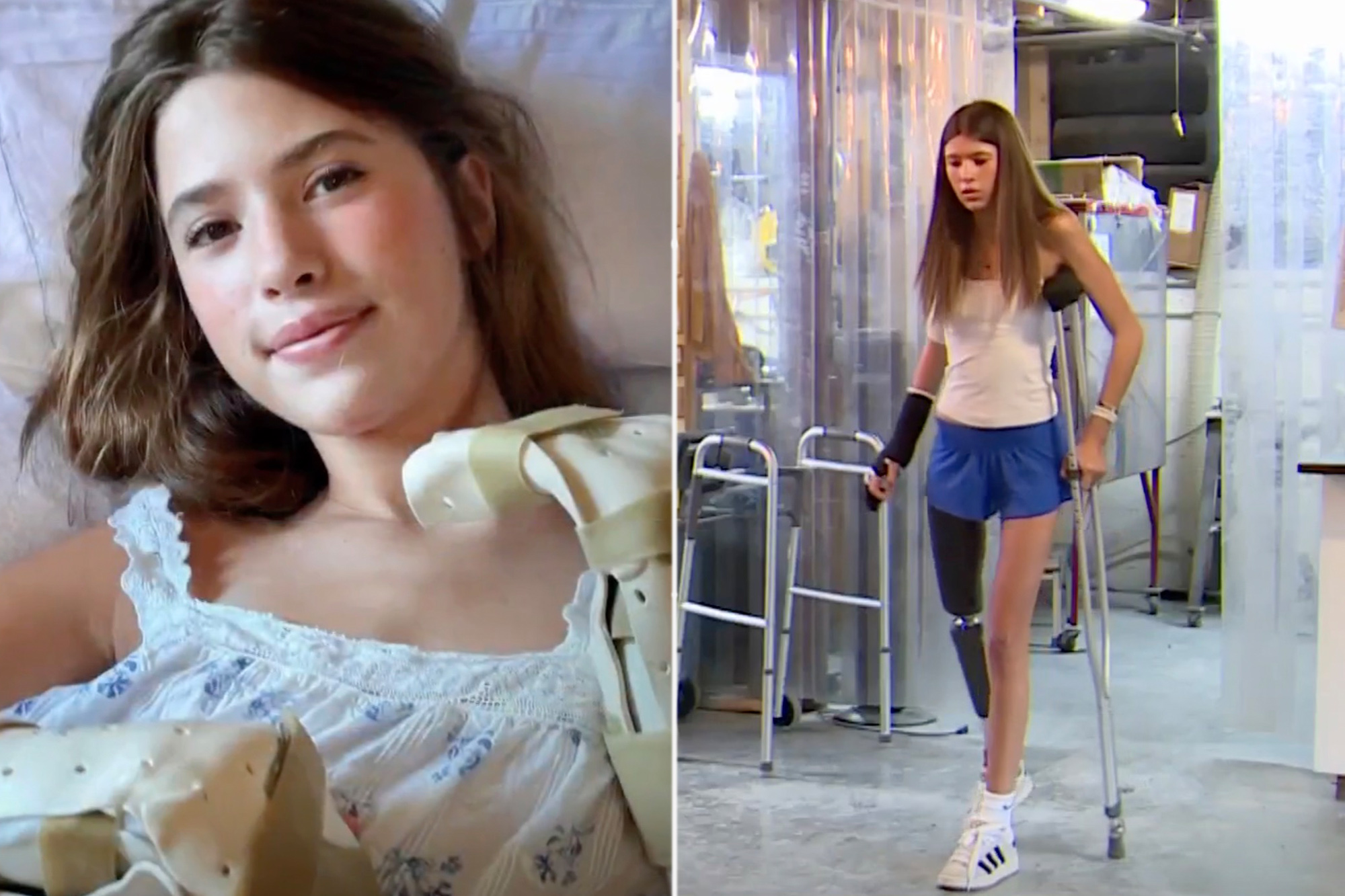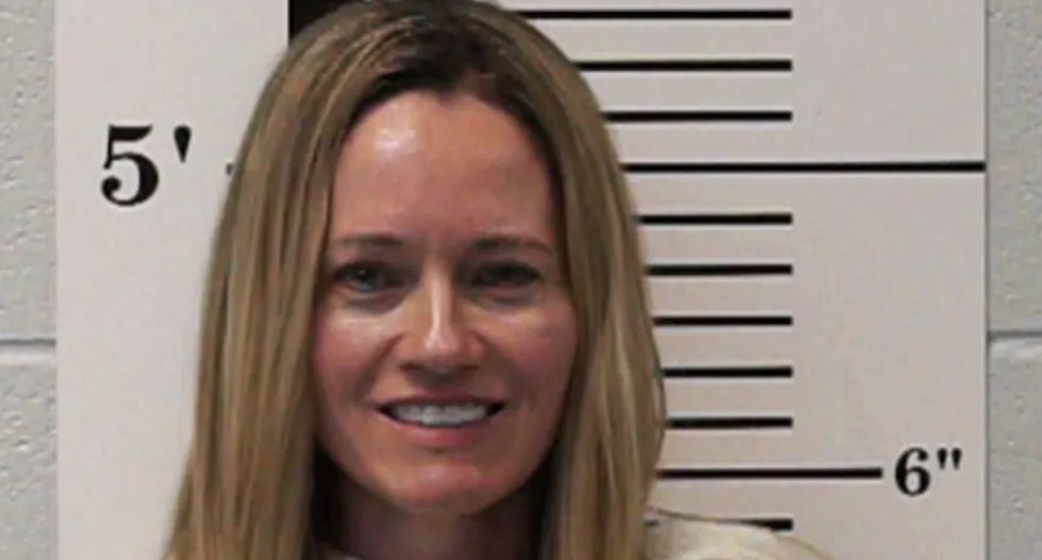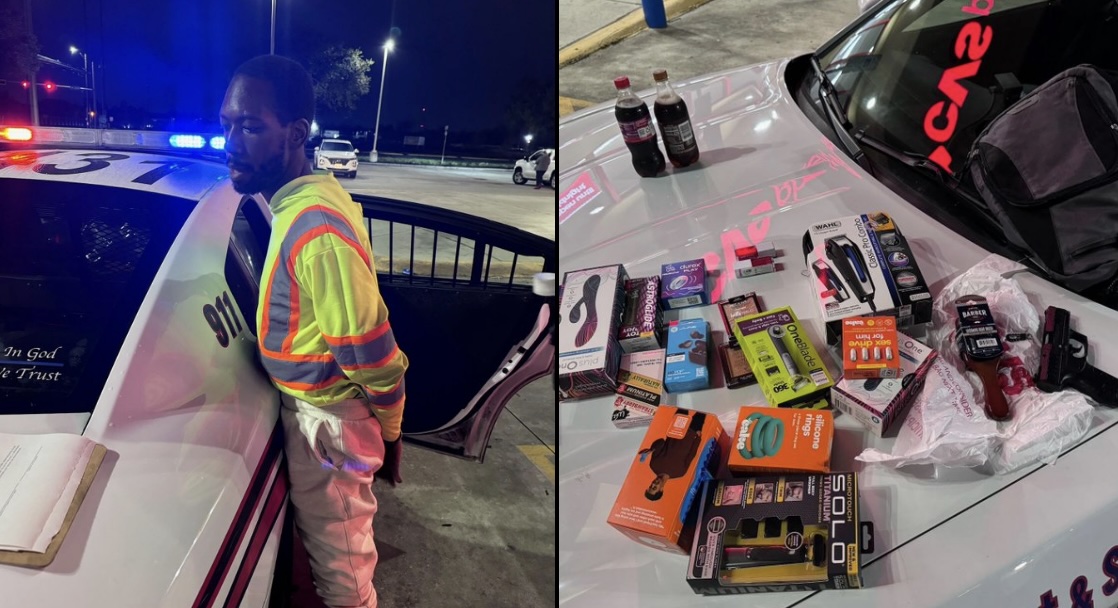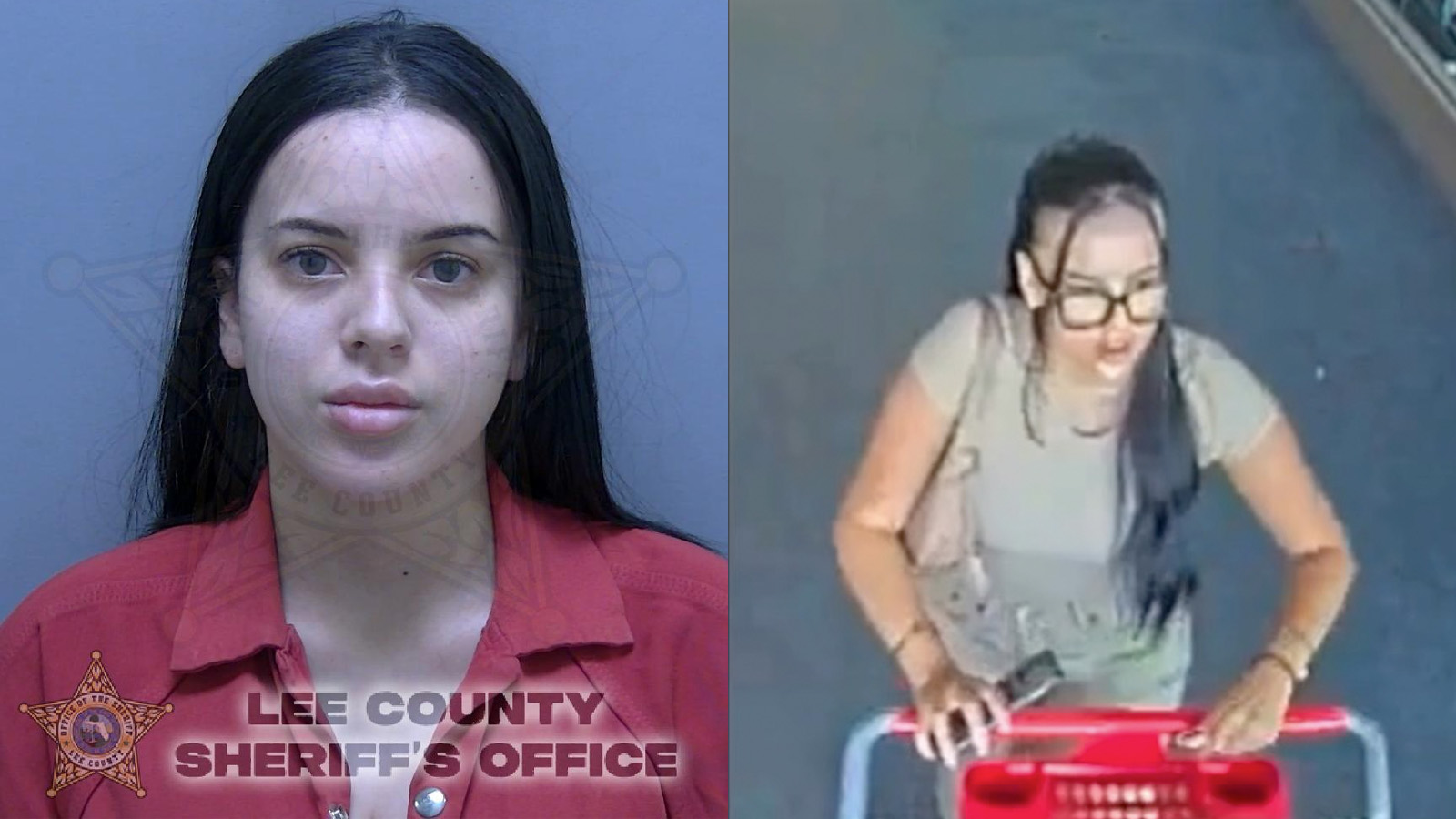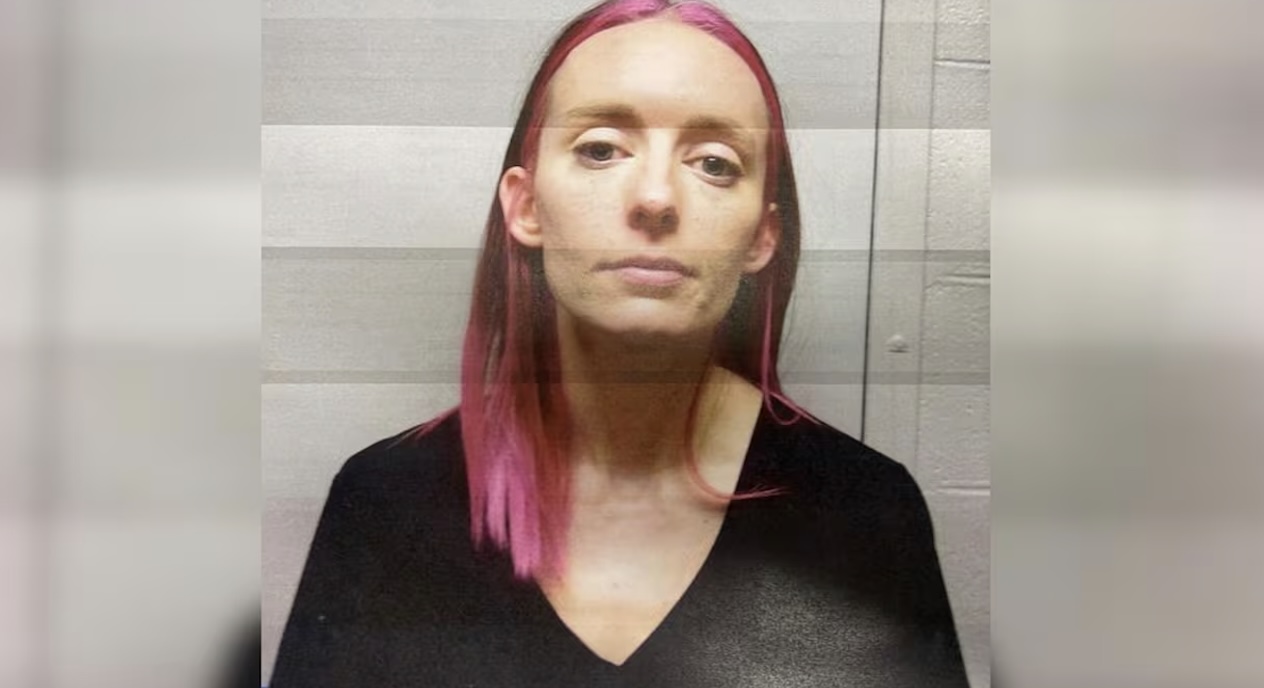Tesla Recalls Over 239,000 Vehicles Due to Rearview Camera Issue
Tesla has issued a massive recall affecting more than 239,000 vehicles due to a rearview visibility concern that could potentially lead to accidents.
According to the National Highway Traffic Safety Administration, Tesla reported that a computer circuit board in certain Model 3, S, X, and Y vehicles might short circuit. This malfunction could result in the loss of the rearview camera image, significantly reducing the driver's rear visibility and increasing the risk of a collision.
Despite the alarming nature of the issue, Tesla has stated that there have been no reported collisions, injuries, or fatalities linked to this specific problem, as per the recall documents.
The recall impacts the following Tesla models:
- 2024-2025 Model 3, Model S
- 2023-2025 Model X
- 2023-2025 Model Y vehicles.
To address this safety concern, Tesla has rolled out a free software update. Additionally, the company has assured that it will identify any vehicles that have experienced circuit board failures or are at risk of such failures. Tesla will replace the affected computers at no cost to the owners.
Owners of the affected vehicles can expect to receive notification letters by March 7, 2025. For further assistance, they can reach out to Tesla's customer service at 1-877-798-3752. The specific recall number for this issue is SB-25-00-001.
Alternatively, owners can contact the National Highway Traffic Safety Administration Vehicle Safety Hotline at 1-888-327-4236 (TTY 1-800-424-9153) or visit nhtsa.gov. The NHTSA recall number associated with this Tesla recall is 25V-002.
This recall marks Tesla's first in 2025. It comes on the heels of a significant recall in December, which involved over 2 million Tesla vehicles across its model range to rectify a faulty Autopilot system.
In response to safety concerns, U.S. regulators have initiated an investigation into 2.6 million Teslas following reports of accidents involving the use of the company's autonomous driving technology. This technology enables drivers to remotely command their vehicles to return to them or move to a different location using a phone application.



